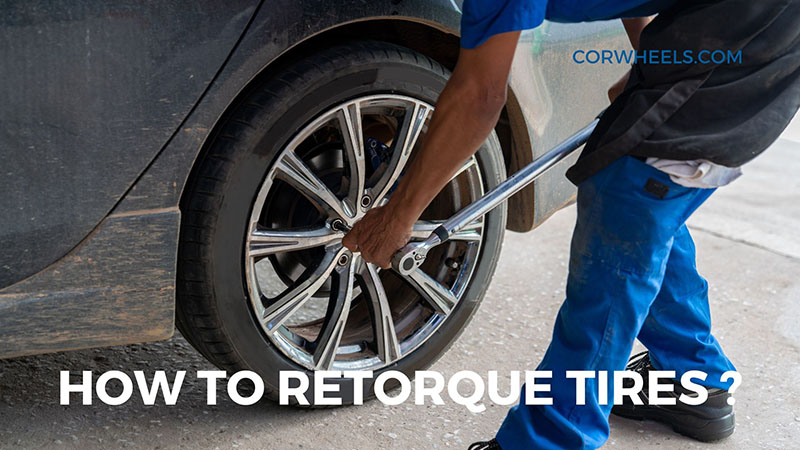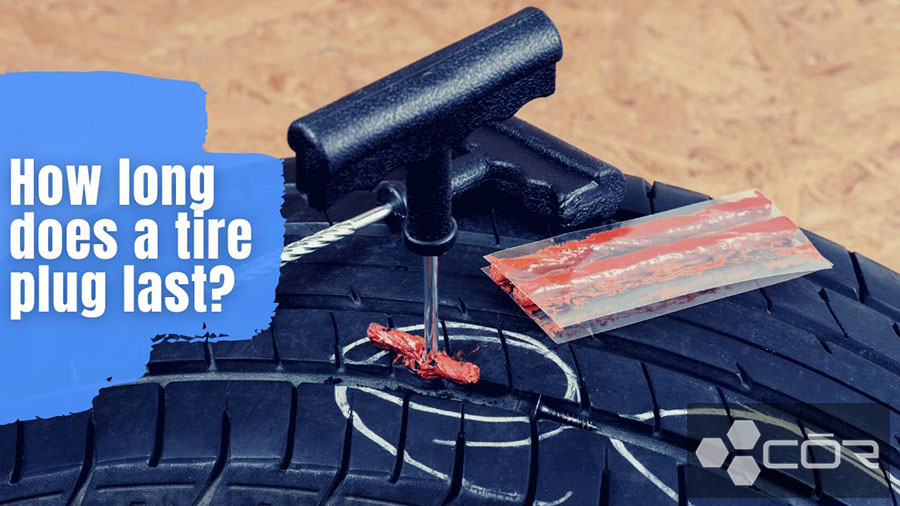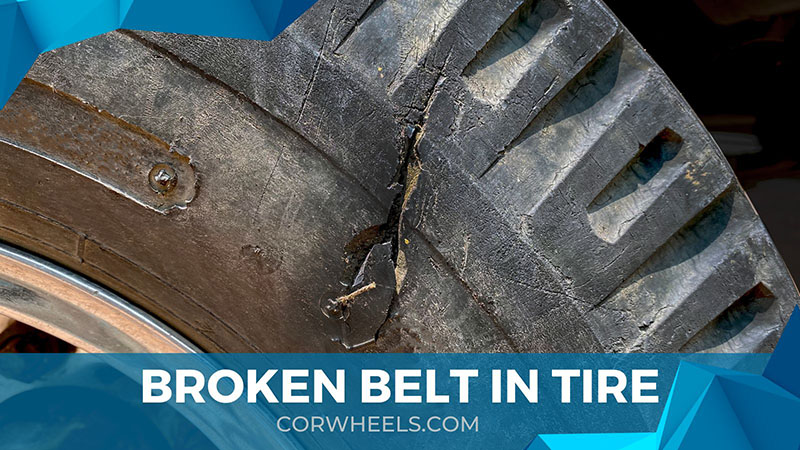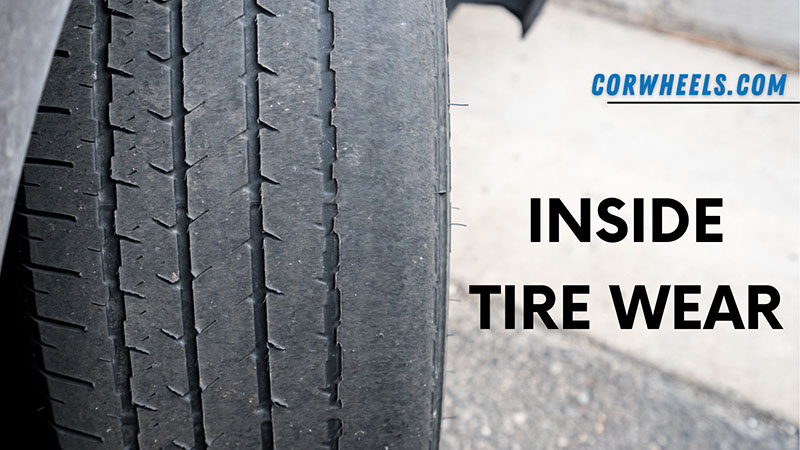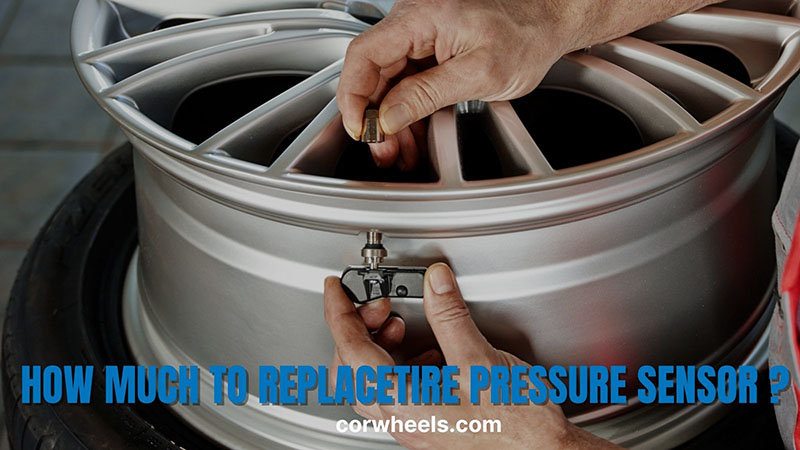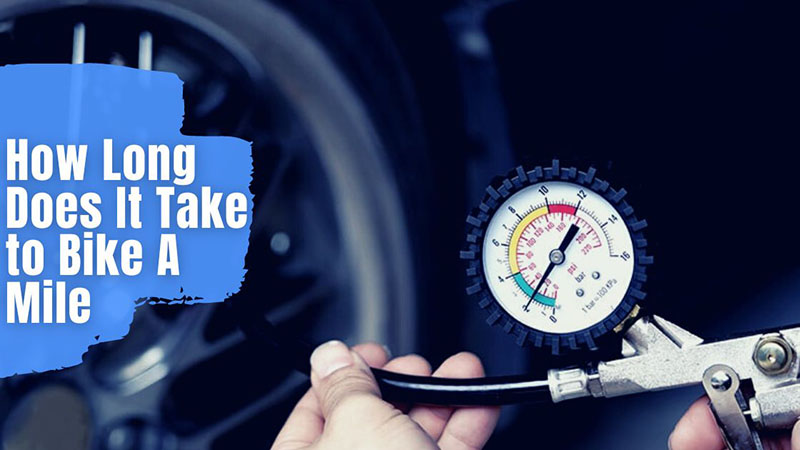Have you ever seen a tire coming off its wheel on a car? That’s because of loose lug nuts, but don’t wait until the last minute unless you wish for a disastrous accident. You need to do the lug nut retorque frequently to prevent this and other issues. How to get it done? Scroll down to learn.
In this article:
Why Should You Retorque Tires?
During daily driving, the tires undergo a lot of stress from the car load and the road alike (vibrations), which loosens the lug nuts over time. To a certain extent, too much freeplay will allow the tire to fall off its wheel and cause accidents.
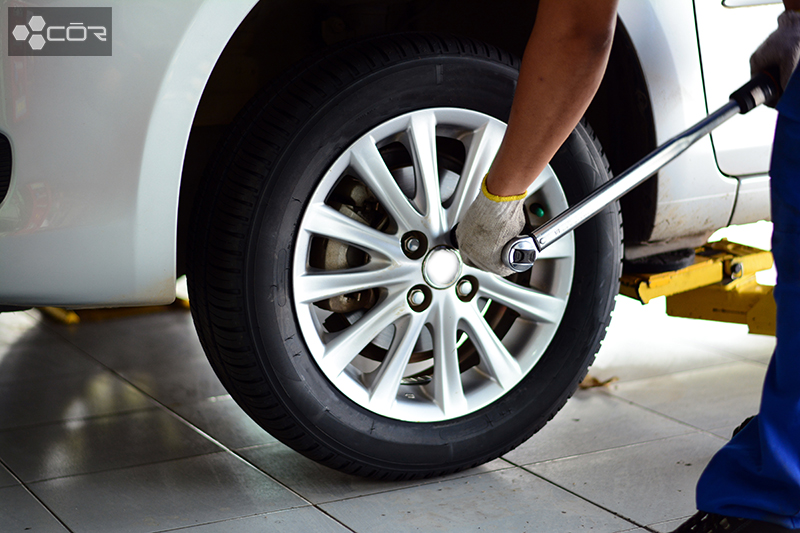
Reasons For Loosen Lug Nuts
Temperature
Thermal expansion is a physics term used often in everyday life, and it makes sense in this case. If you drive from a hot, humid environment to a cold, thermodynamic fluctuations change the initial torque of the nut.
Weight of vehicle

The four wheels work hard to withstand the average car weight of around 3,000 pounds or even heavier (such as SUVs). Most vehicles usually put most of their weight on the two front tires, supported by only 4-5 lug nuts per unit. The heavy-duty responsibility of these components requires proper maintenance to remain in place.
Your steering actions, such as braking or accelerating, exert force on the lug nuts. The more aggressive you drive, the faster these parts loosen.
Harsh driving condition
Uneven pavement and excess shaking are other causes of loose lugs. When you hit a pothole, damage to the suspension, tires, or transmission isn’t the only damage. To a slight extent, the impact changes the torque.
Wrong wheel installation
Though it is only a thin possibility, technicians sometimes make minor mistakes, such as installing uneven torque between the nuts. They may also fail to notice a small object fit between the housing and the lug nuts that distorts the torque in the first place.
The Importance Of Tire Torquing
As noted above, the lug nuts keep the wheel in place and in good working order. However, they cannot fulfill this responsibility if the amount of torque is wrong. Loose nuts would fall out of the wheel, and even the tire would come off the rim – a dangerous prospect.
So you need to tighten it as tight as you can? Unfortunately, it does not work that way. In the automotive world, each vehicle has a proper torque for its wheels. To determine this specification, vehicle manufacturers have considered many factors, such as bolt size or rivet spacing.
When you screw these parts too tight, the wheel studs are under excessive pressure. They do not have enough space to move and begin to stretch. Over time, the breakdown happens with bolt threads, hub rotors, or break fasteners.
What Happens If You Don’t Retorque Your Tires?
Failure to retorque the wheel means you are risking your life and passengers. When the clamping force is no longer strong enough to hold the lugs, your tire detaches and separates from the car. Right after that, you lose the balance and control of your vehicle.
This has serious consequences when traveling on the highway or driving at high speed. Never be subjective since any bad scenario will likely happen unless you cut down the root cause now.
Can You Retorque Tires Yourself?
Yes, retorquing your tires at home is possible. But it’s best to clarify the recommended torque spec, use the right torque wrench, and comply with the owner’s manual to not under- or over-tightening the nuts.
The DIY process will cost you less, and all you need to prepare is a torque wrench to tighten the bolts, pins, and nuts.
To be honest, this tool is the best move for both novice and experienced. However, feel free to consider an impact gun if it is available. A torque stick will also help prevent over-tightening, but it’s optional.
How To Retorque Lug Nuts
Define The Specified Torque For Your Vehicle
It is pointless if you choose a random torque spec for your vehicle. Instead, determine the correct number specified by the manufacturer in the owner’s manual. Don’t panic if you cannot find the printed instruction. Surf the Internet, and Google gives you an answer.
As a rule of thumb, steel nuts typically require around 80 ft-lb of force, while aluminum units require 100 ft-lb. Depending on your region, you may find torque measurement in the form of pound-feet (lb-ft) or Newton-meter (Nm).
Pick The Correct Size Of The Torque Wrench
Pay attention to two main points: wrench size and allowable tightening range. Just look at the table below for your preference.
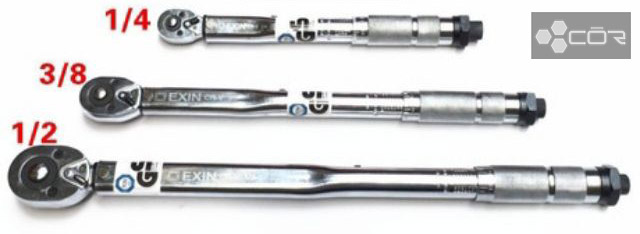
| Common Size | Average torque range | Recommended Usage |
| ¼ inches | 20-200 lbs-in | Medium wheel |
| ⅜ inches | 10-80 lbs-ft | Small wheel |
| ½ inches | 20-200 lbs-ft | Regular and large wheel |
See more: How to measure lug bolt pattern?
Adjust The Correct Torque On The Wrench
Adjust the wrench to the exact amount of force required for your lug nuts using these three steps:
- Loosen the knob at the end of the handle to set the torque
- Turn the center knob so that the 0 mark aligns with the required torque level
- Re-tighten the knob in the first step to secure the setting.
Tighten The Lug Nuts
Now put the socket in the plate and turn the nut until you hear a click. It is an indication that you have reached the specified standard. Move to other positions and do the same.
However, you must pay attention to the tightening sequence of your work.
- If the wheel features 4 nuts, proceed in a cross pattern. Simply put, start with the unit on the top right and then move on to the one on the bottom left and vice versa.
- Work in a star-shaped pattern if the wheel has 5 or 10 nuts.
Notes When Tightening
- Put on safety glasses.
- Park your car on an even surface first.
- Don’t over or under-tighten.
- Remember to repeat with all the remaining lug nuts.
- If you are unfamiliar with a torque wrench, try it on other less important nuts first.
When Should You Retorque Lug Nuts?
To eliminate the potential risks of loose lugs, have them checked or taken to the auto center after 1-2 days of initial installation. An equivalent estimate for this service is approximately 50-100 driving miles.
The same goes for old tires that are removed and reassembled during maintenance. The entire process often lasts 3-5 minutes, and some mechanics are willing to do it for free when you return. Take your time and retorque them for optimal performance and safety.
FAQs
How Much Does It Cost To Torque Tire?
You may spend around $50-60 for a torque wrench for DIY retorquing.
What Does It Mean To Retorque Your Tire?
This service simply implies the loosening or tightening the lug nuts, so they achieve proper clamping force.
Conclusion
One thing is for sure; retorqued tires should never be overlooked, regardless of how long you’ve driven. This service reinforces the correct position of the tire and ensures safety.
You can do it at home to save money since the detailed process is easy. Many torque wrenches exist, but the clicker style is the most user-friendly.
See more: How to get a stripped lug nut off?

